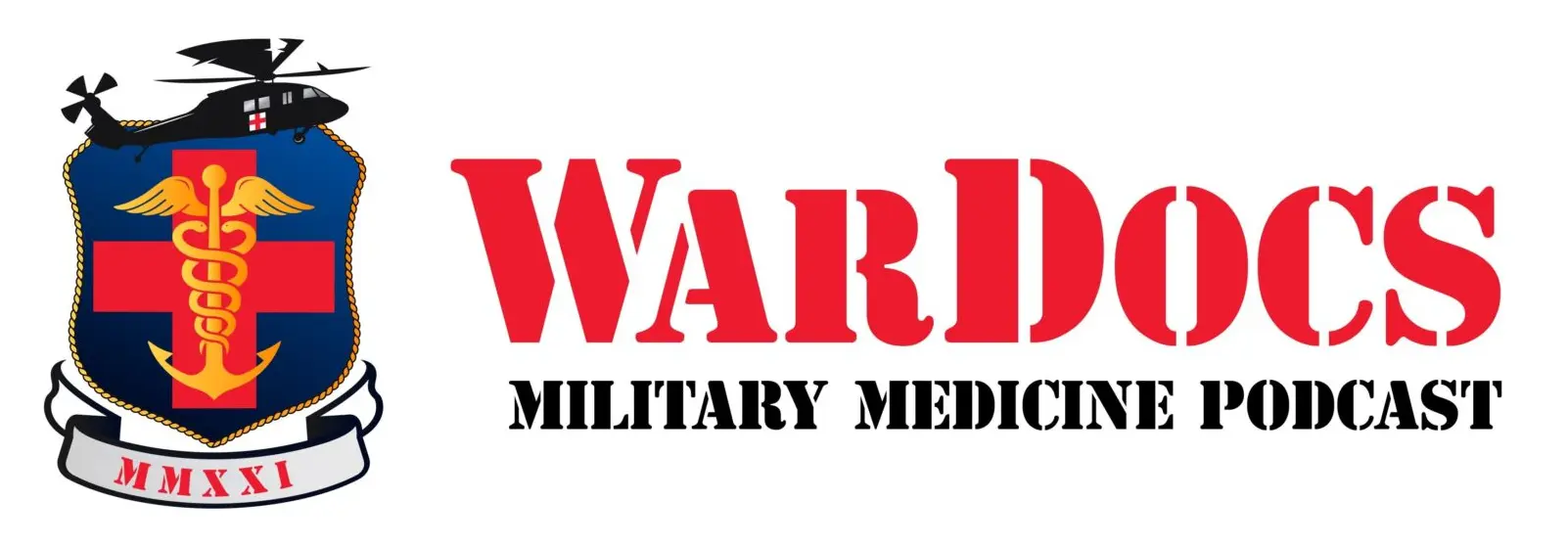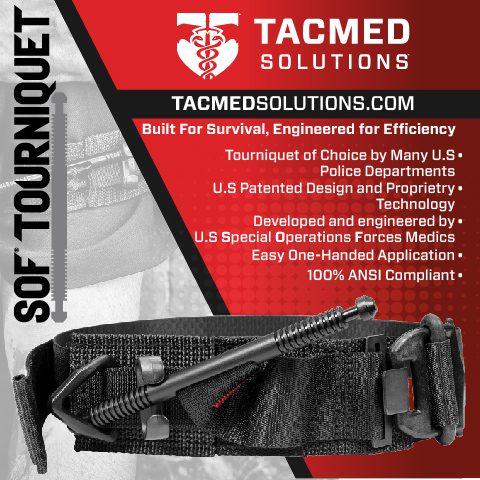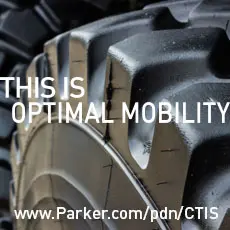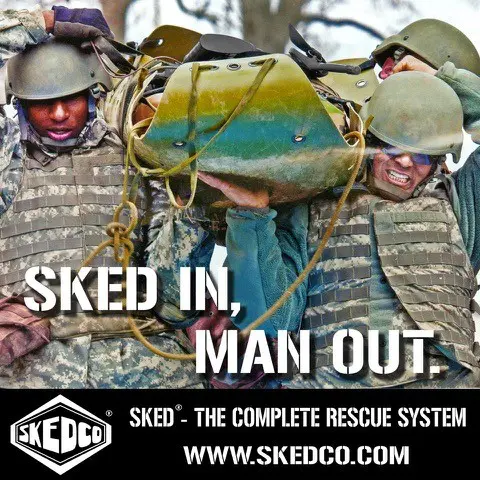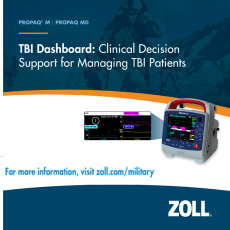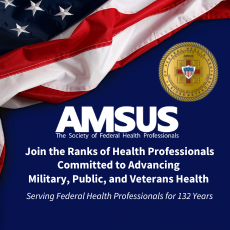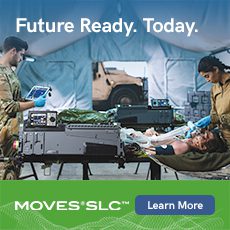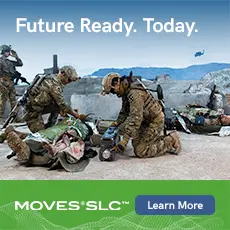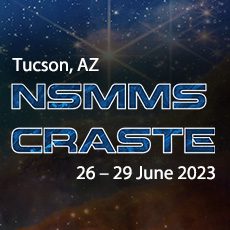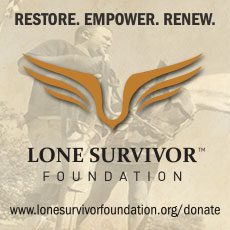Quantifying the Hyperthermic Threat
The U.S. Army Research Institute of Environmental Medicine (USARIEM), Natick, MA, unit of the U.S. Army Medical Research and Development Command (USAMRDC), is focused on developing technological solutions to prevent and diagnose injuries to the Warfighter in a variety of environments and situations, with susceptibility to hyperthermia being a primary one.
By Ramin A. Khalili, USAMRDC
From Combat & Casualty Care , August 2022
For Dr. Mark Buller, a USARIEM research physiologist, the work never ends because the possibilities are endless. As both the Army and the world at large become more reliant on technology to diagnose and mitigate potential environment-related injury, the efforts of Dr. Buller and his team have similarly become more integral to Service Member health, resilience, and overall mission success. That’s what makes a new USARIEM mobile application, the Individual Heat Optimization Training Tool, or iHOTT, so important.
“You can train hard, sure – but whether or not you can train safely is the goal,” says Buller, who is a principal investigator in the Thermal and Mountain Medicine Division (TMMD) at USARIEM. “The harder you train, you’re taking on more-and-more risk – and that will mean heat illness, heat injury, and perhaps even a heat strokes; those are life-threatening situations for folks.”
That’s exactly why iHOTT was developed in the first place. It exists in many ways as the end result of a pair of different, though related, efforts. The first is a compilation of decades of research by USARIEM scientists to develop algorithms to assess the exertional heat illness risk of a given population of Soldiers; algorithms that, in simple terms, give a unit leader an assessment of how hot their Soldiers are getting via physiologic monitoring (which, among other data, analyzes a given Soldier’s gait to spot signs of heat-related weakness). Combine that with an algorithm designed to estimate core body temperature, and USARIEM is confident they’ve found a way to determine how likely a person is to experience a heat stroke in the future.
“When I was at a meeting at Fort Benning one time, I heard a two-star general say ‘We can’t remove the risk of heat stroke because we cannot stop training in the heat,’” says Dr. Nisha Charkoudian, chief of the TMMD, noting the realities of environmental risk. “So, we don’t have an option to stop doing that training, and we cannot remove the risk – but we can minimize it with a tool such as this.”
Addressing Evolving Challenges
On the battlefield of the future, combat situations in a variety of urban environments will likely be unavoidable, and therefore are a variable which must be addressed to optimize the lethality of the force. With regards to hot or even tropical climates, a top concern for the military is exertional heat stroke (EHS): a life-threatening illness in which exercise, environment, clothing, and other factors combine to produce a large increase in body core temperature – often greater than 104 degrees Fahrenheit – as well as dysfunction in the central nervous system that may be identified as ‘wobble’ or, in scientific term, ‘ataxia’, as in a Soldier’s movements. While advancements have been made in environmental monitoring and managing associated risk, EHS remains a problem for a slew of high-intensity activities, with heat strokes still occurring during some military training events.
As part of Buller’s recent study on EHS, he collected more than 3,400 examples of high-intensity runs and timed ruck marches from more than 1,800 individuals – the vast majority of them from the Ranger Assessment and Selection Program, or RASP, as well as Marine recruits undergoing training at Parris Island, SC – using the Heat Illness Prevention System (HIPS), which is a suite of integrated tools that includes the iHOTT itself, as well as a chest belt (to monitor heart rate, skin temperature, and triple-axis accelerometry) and a real-time updating web page.
“We can use those tools in conjunction with each other to predict whether or not a given person is likely to experience a heat stroke,” says Buller, noting the USMARDC’s Medical Materiel Development Activity (USAMMDA) was integral in developing portions of the HIPS system. “With runs and ruck marches, when we are using the estimated core temperature and the ataxic wobbly gate, we feel like we can predict accurately individuals who will experience heat strokes.”
“We’ve heard previously from Commanders who would say, ‘It’s fine to say that 10 percent of people get heat stroke in these conditions – but how do I know which of my Soldiers is at risk?’” says Charkoudian, echoing the need to extract information at the individual level. “Mark’s work is heading in that direction – perhaps to some extent it’s still a work in progress, but we made a lot of progress. The people who have seen it have been really excited about it.”
Armed with these data, leaders – along with trainers and medics – can in turn assess those individuals in a variety of capacities using HIPS. In addition to identifying those Soldiers that are at risk for heat illness, leaders can also manage Soldiers at the individual level and in real time – the latter feature being the key to the entire system. From there, unit commanders can determine whether or not they need to change the tempo of a given activity or even insert a pause in activity altogether in order to more effectively manage training sessions.
LOOKING AHEAD, PREPARING NOW
The challenge in the coming year, according to both Buller and Charkoudian, is to fine-tune their work with additional data. Already, massive data collection efforts are planned in cooperation with the 75th Ranger Regiment and the 198th Infantry Brigade (both from Fort Benning, GA), as well as the Marine Corps Recruiting Depot, Parris Island (Port Royal, SC). A key goal of the effort is to introduce participating Soldiers to the concept of monitoring the app and providing situational awareness. An additional goal of the study is to try and capture heat illness as it occurs to provide baseline data so that the team at USARIEM can learn how to apply those specific models to the collected data. The USARIEM team hopes to have enough data collected by the end of this year to move forward.
There are many other organizations outside of USARIEM that are invested in such progress. Buller notes that in addition to USAMMDA, he and his team have worked closely with the United Kingdom’s Institute of Naval Medicine (where researchers are addressing a similar problem), along with the Massachusetts Institute of Technology Lincoln Laboratory, the Georgia Tech Research Institute, and a number of other federal and local government entities on the HIPS effort. Indeed, the iHOTT itself was developed in conjunction with USAMMDA’s Health Readiness and Performance System tool, another recent sensor-driven health initiative. For Buller, such diverse collaboration is key to not only developing a tool with palpable impact for the individual Warfighter, but one that provides benefits across the Army and – possibly – beyond.

